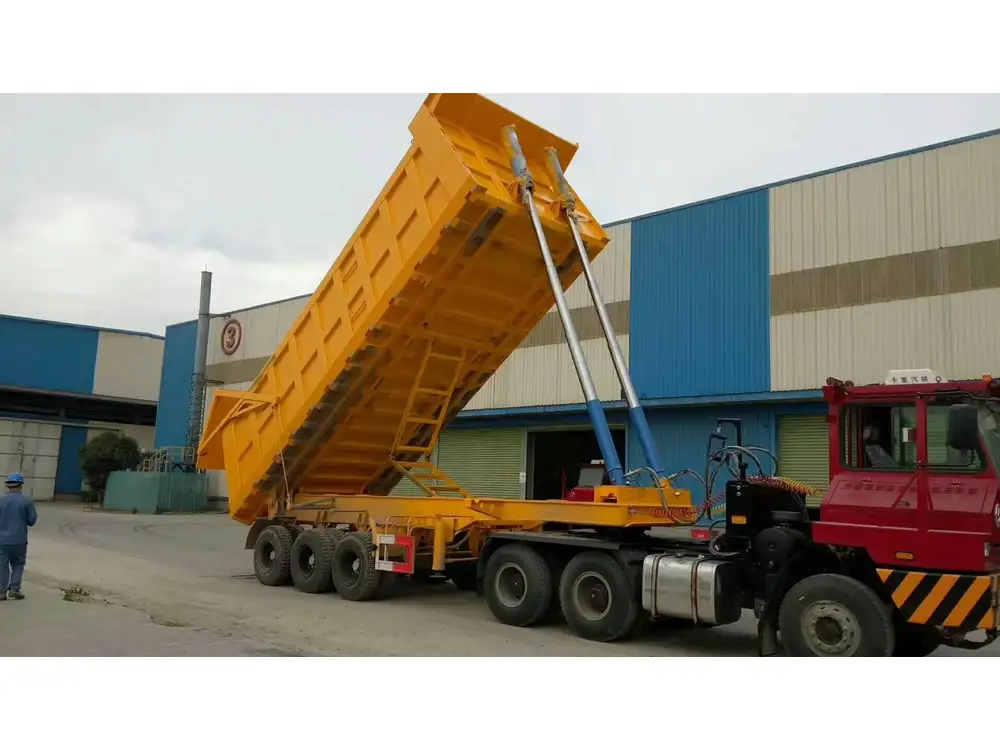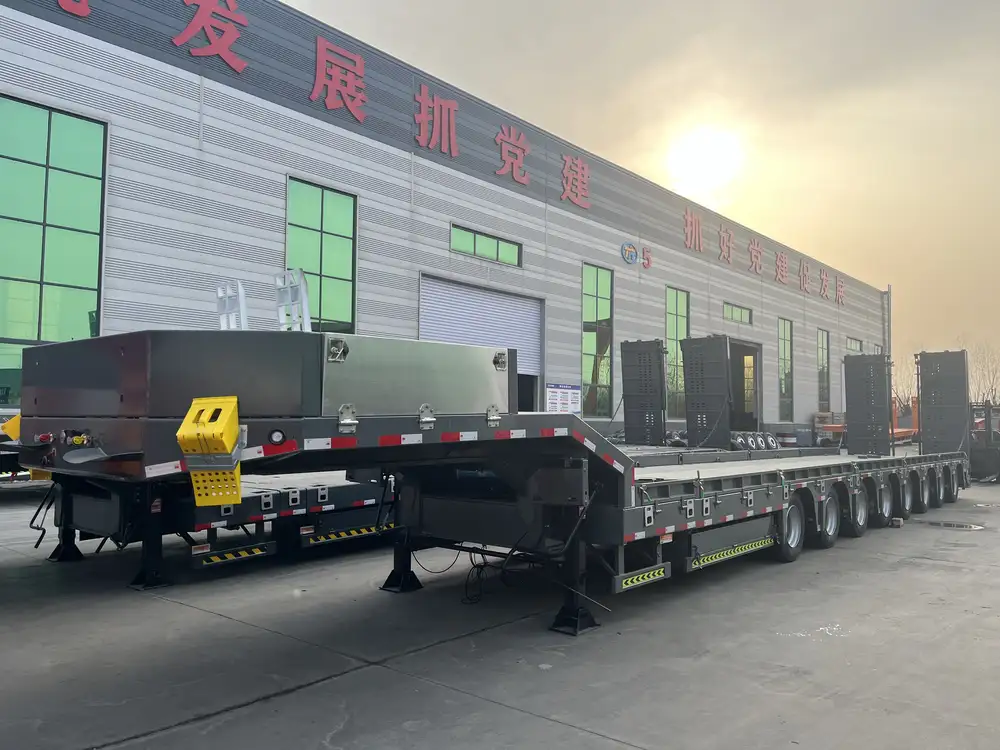When it comes to maintaining the safety and functionality of semi-trailers, one of the crucial tasks for any truck driver or fleet manager is to manage the brake system effectively. A nuanced understanding of how to back brakes off on a semi-trailer not only enhances performance but also extends the life of the braking system. This guide serves to demystify the process while providing a structured approach to achieving this essential maintenance task.
Understanding the Basics of Semi-Trailer Braking Systems
Types of Brake Systems Used in Semi-Trailers
- Air Brakes
- Most commonly used in heavy-duty trucks.
- Operate via compressed air to engage and disengage the brakes.
- Hydraulic Brakes
- Less frequent in semi-trailers but worth mentioning.
- Utilize fluid motion to apply pressure on brake components.
| Brake Type | Advantages | Disadvantages |
|---|---|---|
| Air | Powerful and reliable for heavy loads | Requires regular maintenance |
| Hydraulic | Generally smoother operation | Less effective for heavy loads |

Components Involved in a Semi-Trailer’s Brake System
- Brake Chambers
- Houses the diaphragm and spring mechanism.
- Slack Adjusters
- Crucial in adjusting the distance between the brake shoes and drum.
- Brake Shoes and Drums
- The friction components that engage during braking.
Understanding how these components collaborate provides foundational knowledge necessary for backing off the brakes.
Step-by-Step Guide to Backing Brakes Off on a Semi-Trailer
Step 1: Safety Precautions
Before beginning any maintenance work, it is imperative to ensure the safety of the environment and personnel involved. Follow these safety protocols:
- Ensure the semi-trailer is parked on a flat surface.
- Engage the parking brake to prevent any movement.
- Use wheel chocks to provide additional security.
- Wear appropriate personal protective gear (PPE) such as gloves and safety glasses.

Step 2: Inspect and Locate the Brake Components
Visual Inspection
- Check for any visible damages on the brake components.
- Look for signs of rust, wear, or oil leaks.
Identify Brake Components
- Locate the brake chambers, slack adjusters, and brake shoes.
Step 3: Access the Brake Adjuster
- Manual Adjuster: Found on the side of the brake chamber. It may require a special tool to rotate.
- Automatic Adjuster: Uses a self-adjusting mechanism but can sometimes require manual intervention.
Step 4: Backing Off the Brakes

For Manual Adjusters:
Rotate the Adjusting Nut
Use a wrench or the appropriate tool to turn the adjusting screw.- Direction: Generally, you will turn it counterclockwise.
- Engagement Point: Continue turning until you feel resistance, then back off slightly.
Check the Slack
Ensure there is an adequate amount of slack between the brake shoes and the drum.- Standard Measurement: Typically, manufacturers recommend 1/8 inch of slack.
For Automatic Adjusters:
Activate the Brakes
Apply and release the brakes to engage the automatic adjuster. This process often self-adjusts the brakes correctly.Test for Functionality
After adjusting, pull the slack adjuster to ensure it’s moving freely but with adequate tension.
Step 5: Conduct a Brake Test
Once adjustments are made, it’s essential to conduct a functional test before getting back on the road:
Conduct Stationary Tests
- With the trailer safely positioned, activate the brakes to test their engagement and disengagement.
Road Test
Once stationary tests are satisfactory, perform a short road test to ensure all adjustments hold under operational conditions. Pay attention to any unusual noises or behaviors.

Troubleshooting Common Issues
If the Brakes Are Dragging
Check for Incorrect Adjustments
- Ensure slack adjusts consistently on both sides.
Inspect Brake Components
Look for wear on brake shoes or drum issues that could lead to dragging.
If Brake Adjustments Do Not Hold
Inspect Slack Adjusters
Look for signs of severe wear or damage; if defective, they may need replacement.Examine Brake Chambers
Ensure they are functioning properly. A malfunctioning chamber can lead to inconsistent braking.

Frequent Brake Re-adjustments
Check for Uneven Tire Wear
- Ensure tires are balanced and not wearing unevenly, which can affect braking performance.
Evaluate Load Distribution
- Ensure loads are evenly distributed throughout the trailer. Uneven loads can lead to excessive strain on certain brake systems.
Key Maintenance Tips for Semi-Trailer Brakes
| Maintenance Activity | Frequency | Benefits |
|---|---|---|
| Visual Inspection | Weekly | Early detection of issues |
| Grease Slack Adjusters | Monthly | Prevents rust and improves movement |
| Brake Pads Replacement | As necessary | Ensures consistent performance |
| Brake Fluid Inspection | Bi-Annually | Maintains hydraulic efficiency |
Maintaining the braking system of a semi-trailer is not simply a task but a crucial aspect of ensuring operational safety. Regular inspections and informed adjustments are pivotal.
Conclusion
Effectively backing off the brakes on a semi-trailer is not merely an instructional task but a multi-faceted approach that requires a layered understanding of the braking system, safety protocols, and practical adjustments. Through meticulous inspection, appropriate adjustment practices, and routine maintenance, we can ensure the reliability and functionality of our semi-trailer’s braking system.
By adhering to the steps outlined in this guide, not only can we enhance the performance of our semi-trailers, but we can also assure the safety of our drivers and roads alike. Stay informed, practice diligence, and your semi-trailer will thank you for it, one successful journey at a time.



